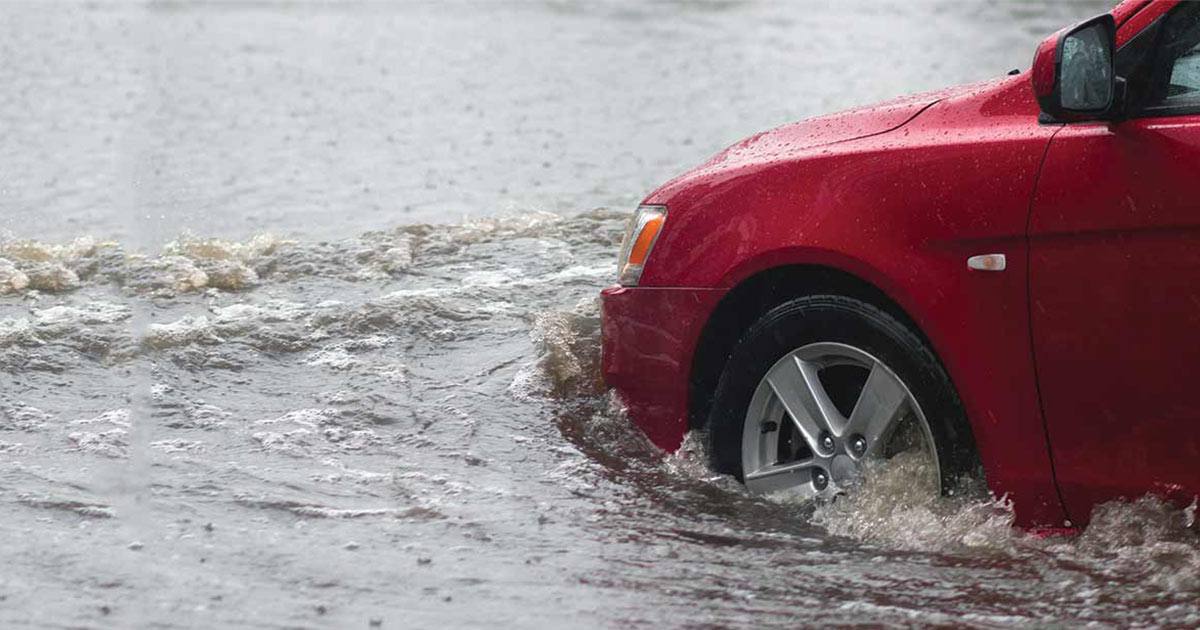Monsoons in India bring heavy rains, waterlogged roads, and unpredictable weather conditions that can take a toll on your car. Preparing your vehicle for the rainy season is crucial to ensure safety, performance, and longevity. Here are some essential tips to monsoon-proof your car and keep it running smoothly throughout the wet months.
1. Check Your Tyres and Tread Depth
Good tyre condition is crucial during the monsoon as wet roads increase the risk of skidding. Inspect your tyres for adequate tread depth—at least 2-3 mm is recommended for optimal grip. Bald or worn-out tyres significantly reduce traction on slippery surfaces, increasing the chances of aquaplaning.
Tip:
If your tyres show signs of uneven wear or shallow tread depth, replace them before the monsoon begins. Also, maintain the correct tyre pressure as under-inflated tyres can compromise stability.
2. Inspect Wipers and Windshield Washer
Clear visibility is essential for safe driving in heavy rain. Check the wiper blades for cracks, stiffness, or any signs of wear. Replace them if they are leaving streaks or making squeaking noises. Additionally, ensure that your windshield washer reservoir is filled with a quality cleaning solution to clear muddy splashes.
Tip:
Carry an extra pair of wiper blades in your car, especially if you frequently drive in heavy rain.
3. Protect Electrical Systems
Rainwater can damage your car’s electrical components, leading to malfunctions. Inspect the battery terminals for corrosion and secure any loose wiring. Ensure that the rubber insulation on all exposed wires is intact. Applying a thin layer of petroleum jelly on battery terminals can prevent moisture buildup.
Tip:
Avoid parking your car in areas prone to flooding, as submerged electrical systems can cause severe damage.
4. Maintain Your Braking System
Wet conditions can compromise braking efficiency. Check the brake pads for wear and ensure that the brake fluid level is adequate. During the monsoon, moisture can affect the brake lines, leading to reduced performance.
Tip:
Get your brakes checked by a professional before the rainy season to ensure they are functioning optimally.
5. Waterproof Your Interiors
Water can easily seep into your car, especially through door seals and floor mats. To prevent mold and unpleasant odors, invest in waterproof floor mats and regularly clean any damp areas. Applying a silicone-based sealant around door edges can also reduce the chances of water leakage.
Tip:
Keep a few packets of silica gel in the cabin to absorb moisture and maintain a dry interior.
6. Check Headlights and Taillights
Dim or malfunctioning lights can be hazardous during heavy downpours. Inspect all lights, including headlights, taillights, brake lights, and indicators. Clean the lenses to ensure they are bright and visible. Replace any bulbs that are flickering or dim.
Tip:
Use anti-fog solutions on your headlight lenses to prevent moisture buildup and enhance visibility.
7. Keep Your Car Rust-Free
Rainwater and road grime can accelerate rust formation, particularly on the underbody and wheel arches. Get an anti-rust coating applied to these areas for added protection. Regularly washing and drying your car helps remove mud and moisture that contribute to corrosion.
Tip:
Avoid covering a wet car with a tarp, as trapped moisture can speed up rust formation.
8. Maintain the Air Conditioning System
Moist air can cause your car’s AC system to develop a musty smell. Clean the AC vents and replace the cabin air filter if it’s clogged. Running the AC on recirculation mode helps maintain humidity levels within the cabin.
Tip:
Use a mild disinfectant spray to clean AC vents and prevent mold growth.
9. Emergency Essentials
Equip your car with a basic emergency kit, including:
- Tow rope
- Flashlight with extra batteries
- Reflective warning triangles
- First aid kit
- Waterproof car cover
Having these items on hand can help you deal with unexpected situations, such as breakdowns or minor accidents during heavy rain.
10. Plan Your Route and Drive Cautiously
Flooded roads and reduced visibility make driving more challenging during the monsoon. Use navigation apps to check road conditions before setting out. Avoid driving through deep water, as this can damage the engine and electrical systems.
Tip:
If you must drive through water, go slow and maintain a steady speed to prevent water from entering the exhaust pipe.
Conclusion: Stay Safe and Prepared
Monsoon-proofing your car is essential for maintaining safety and reliability during the rainy season. By taking preventive measures and maintaining your vehicle, you can ensure a hassle-free driving experience even when the weather takes a turn for the worse. Stay vigilant, drive cautiously, and make safety your priority.

